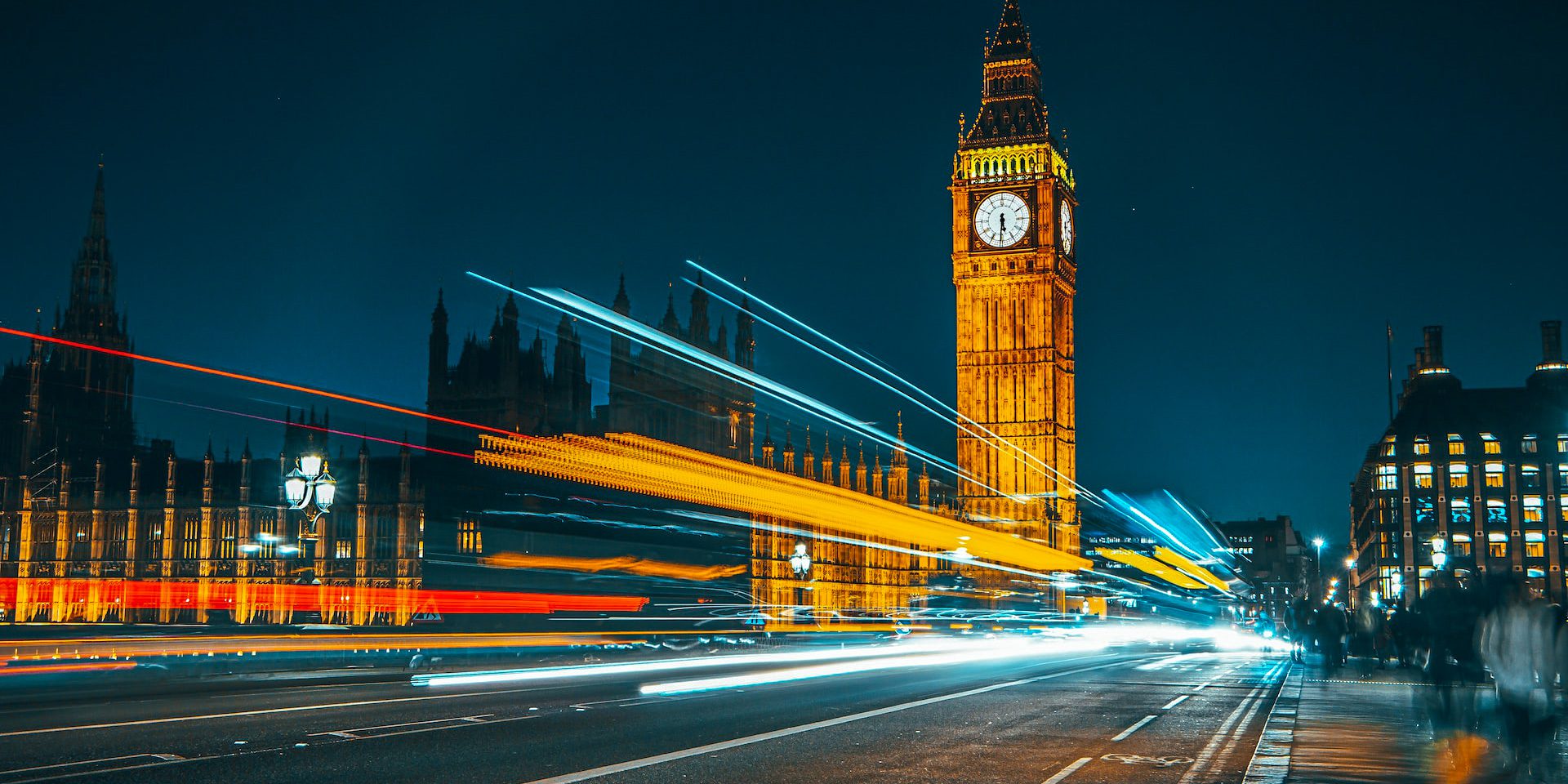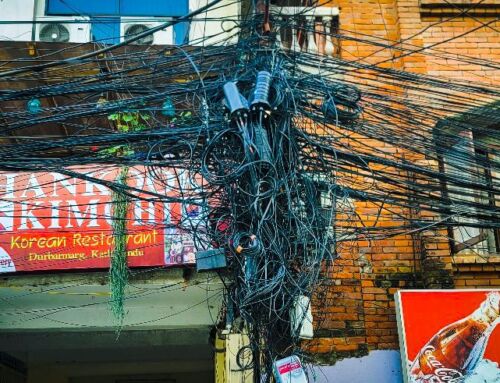View by Topic
Recent Articles
-
New Environmental Laws from the 2024 Maryland Legislative SessionSaturday, April 27th, 2024
-
EPA Designates PFOA and PFOS as Hazardous Substances under Superfund LawSaturday, April 20th, 2024
-
Federal Government Finalizes New Efficiency Standards for LightbulbsSaturday, April 13th, 2024
-
2024 IECC is Final After Addressing Preemption IssuesSaturday, April 6th, 2024
-
Settlement Portends Broad Failure in Attempts to Ban Natural GasSaturday, March 30th, 2024
View by Month/Year
“Green Building Law Update” Headlines
Recent Articles & News from
Stuart Kaplow’s blog
at GreenBuildingLawUpdate.com
- New Environmental Laws in Maryland: 2024 Brings Opportunities for Businesses April 28, 2024
- EPA Takes Action: PFOA and PFOS Now Hazardous Substances Under Superfund Law April 21, 2024
- Shedding Light on the Future: The Evolution of Lightbulbs in the Wake of New Energy Efficiency Standards April 14, 2024
- 2024 International Energy Conservation Code is Final After Addressing Preemption April 7, 2024
Subscribe to the Green Building Law Update!
Stuart Kaplow brings his expertise and extensive experience to the table with his unique digital publication, "Green Building Law Update". Subscribers receive regular updates to keep them informed about important issues surrounding Environmental Law, Green Building & Real Estate Law, as well as the emerging demand for Environmental Social Governance (ESG).
Get fresh content through the lense of Stuart Kaplow's cutting-edge expertise, innovative commentary and insider perspective. Don't miss another issue! Subscribe below.

Navigating the Urban Landscape: London’s Low Emission Zone vs. NYC Congestion Pricing
In an era where climate concerns including greenhouse gas emissions from cars are at the forefront of discussions, major cities around the world are taking innovative steps to address this challenge or as others see it, waging a war on cars (the innovation that over the last century has been a social game changer giving people more personal freedom and access to schools and jobs).
As widely reported in the mass media, two of these initiatives are London’s new Low Emission Zone and the proposed Congestion Pricing plan in New York City, but, .. while the two initiatives share the goal of pausing traffic in the central city, they could not be more different in their aims, their approaches, and their potential impacts. In this blog, we’ll explore the advantages and disadvantages of London’s LEZ which went into effect several days ago on August 29, and compare it to the NYC Congestion Pricing proposed but not yet in effect.
London’s Low Emission Zone
Advantages:
- Environmental Benefits: The primary goal of London’s LEZ, the world’s largest low emission zone, covering all London boroughs and much of the greater area, is to reduce GHG emissions from vehicles as part of a larger kingdom wide effort to fight climate change. By imposing a daily fee on cars built before 2006, the LEZ changes behaviors encouraging the use of newer cleaner vehicles, and reducing tailpipe global warning gases which in turn reduces broader air pollution and its associated health risks.
- Public Health: Based on a law first introduced in 2008 and then the success of a pilot program initially implemented in the heart of London dating to 2019, the first year of this program alone will reduce GHG emissions by 45% from those vehicles that are no longer there. With cleaner air, residents and visitors to London can expect improved respiratory health and a lower risk of cardiovascular diseases with reduced healthcare costs in the long run.
- Encouraging Sustainable Transportation: The LEZ operates 24 hours a day, seven days a week, every day of the year, except Christmas Day (.. really, why?) using 1,175 cameras to monitor which cars enter and exit the zone. The LEZ promotes the shift from fossil fuel to the use of greener modes of transportation such as electric vehicles and all electric public transportation to reduce carbon dioxide, nitrous oxide, and methane from motor vehicle exhausts.
Disadvantages:
- Financial Impact: One of the challenges of the LEZ is the potential financial burden it places on businesses and individuals who own older, noncompliant vehicles who will have to pay $16 a day to travel to the capital. Upgrading to newer, cleaner vehicles or retrofitting existing ones can be costly, especially for struggling businesses and low income individuals.
- Equity Concerns: While the LEZ aims to improve air quality citywide and warming globally, critics argue that it may disproportionately affect low and moderate income households that rely on older vehicles. The policy could have the unintended consequence of broadening income inequality tied to accessing new expensive innovations in transportation, rolling back the freedom and flexibility of a car.
Proposed NYC Congestion Pricing
Advantages:
- Reduced Traffic Congestion: The nation’s first congestion pricing will only be effective 6 thru 10 am and 4 thru 8 pm, intending to alleviate traffic gridlock in the high density urban areas south of 60th Street during rush hour. On June 26, 2023, the Federal government gave its approval which provided New York City had 310 days to activate the new system. By charging vehicles for entering certain zones during peak hours, the plan aims to reduce the Manhattan core’s overwhelming traffic volume by between 15% and 20% through incentivizing carpooling, public transit use, or simply arriving or departing earlier or later, thus reducing peak hour traffic congestion.
- Funds for Public Transit: The revenue generated from a more than $500 million contract to build out a network of sensors on traffic poles to collect the new tolls that are congestion pricing, estimated to be nearly $15 billion, is proposed to be invested in improving and expanding public transportation systems. This provides a dual benefit of simultaneously enhancing the quality and accessibility of mass transit options and reducing GHG emissions.
Disadvantages:
- Initial Opposition: Congestion pricing schemes often face opposition from low income commuters as well as vulnerable entrepreneurs and struggling businesses who cannot afford the added financial burden of $23 a trip to drive into midtown Manhattan. It can take time for the public to adjust to the new pricing structure and alternatives and some businesses will no doubt move, and the reality is the scheme likely only elongates rush hour before and after the windows without having any significant impact on total car trips.
- Unintended Consequences: Critics worry that congestion pricing might lead to drivers seeking alternative routes to avoid the charged zones, potentially causing increased congestion in other areas and negatively impacting air quality somewhere else. Some suggest the scheme makes Manhattan’s core a 24 hour City where deliveries are made before and after rush hours, but others express concern that restaurant dining will be negatively impacted, as cars are viewed as a frightening specter.
Comparing LEZ and Congestion Pricing
While both London’s LEZ and the proposed NYC Congestion Pricing aim to reduce congestion, they differ in focus and approach. The LEZ directly targets vehicle emissions and GHG emissions, whereas congestion pricing primarily addresses reducing the number of vehicles at traditional rush hours. Additionally, the LEZ’s focus on GHG emission reductions places more emphasis on vehicle innovation, whereas congestion pricing directly prices some commuters out of the City at certain times of day by imposing charges.
Uptake has been slow in other cities. Madrid implemented a city center low emission zone but stopped enforcing the edict until a court ordered it reinstated and now the mayor has announced an urban area wide plan for 2024.
The analogy to the 1920s, when horses were replaced by the technological innovation of cars as an environmental savior to the horse manure accumulations in both London and New York, cannot be lost in this debate. But was the urban horse problem made to appear only solvable by the new automobile industry paved figuratively by a new gasoline industry and literally by the road and highway construction industrial complex?
In conclusion, London’s Low Emission Zone and New York City’s proposed Congestion Pricing, while coming from very different places geographically and ideologically, represent dramatic strides in urban planning and environmental stewardship. Both approaches come with their own set of advantages and disadvantages, and their efficacy will largely depend upon our acceptance as societies; not unlike our growing acceptance (or not) of driverless cars. As cities continue to seek sustainable solutions for repairing the planet, finding the right balance between environmental protections and economic considerations, social equity for all of the planet’s growing population must remain a key objective.
A live webinar “How to Count Your Greenhouse Gas Emissions” 30 talking points in 30 minutes, Tuesday, September 26 at 9 am EDT presented by Stuart Kaplow and Nancy Hudes on behalf of ESG Legal Solutions, LLC. The webinar is complimentary, but you must register here.









